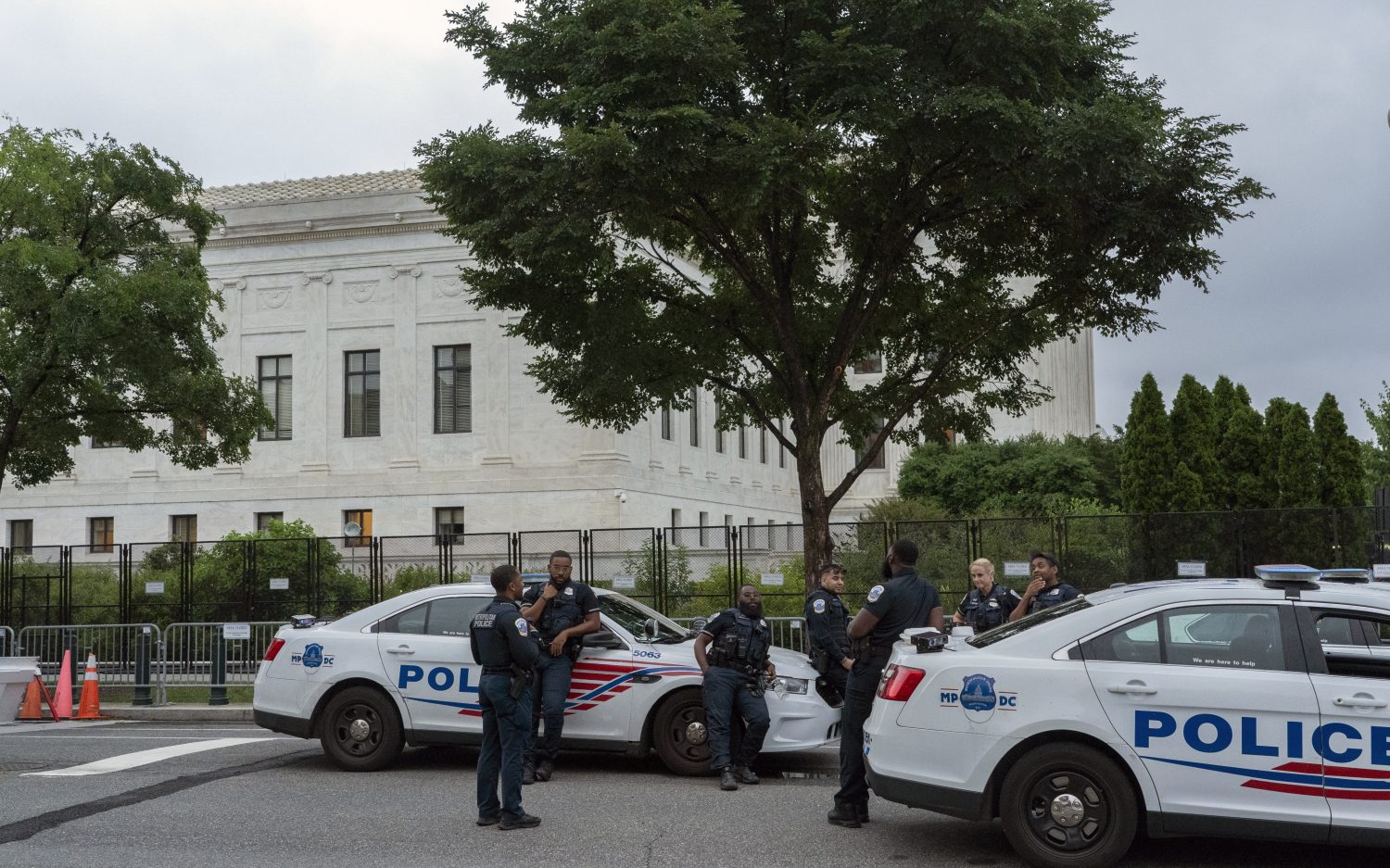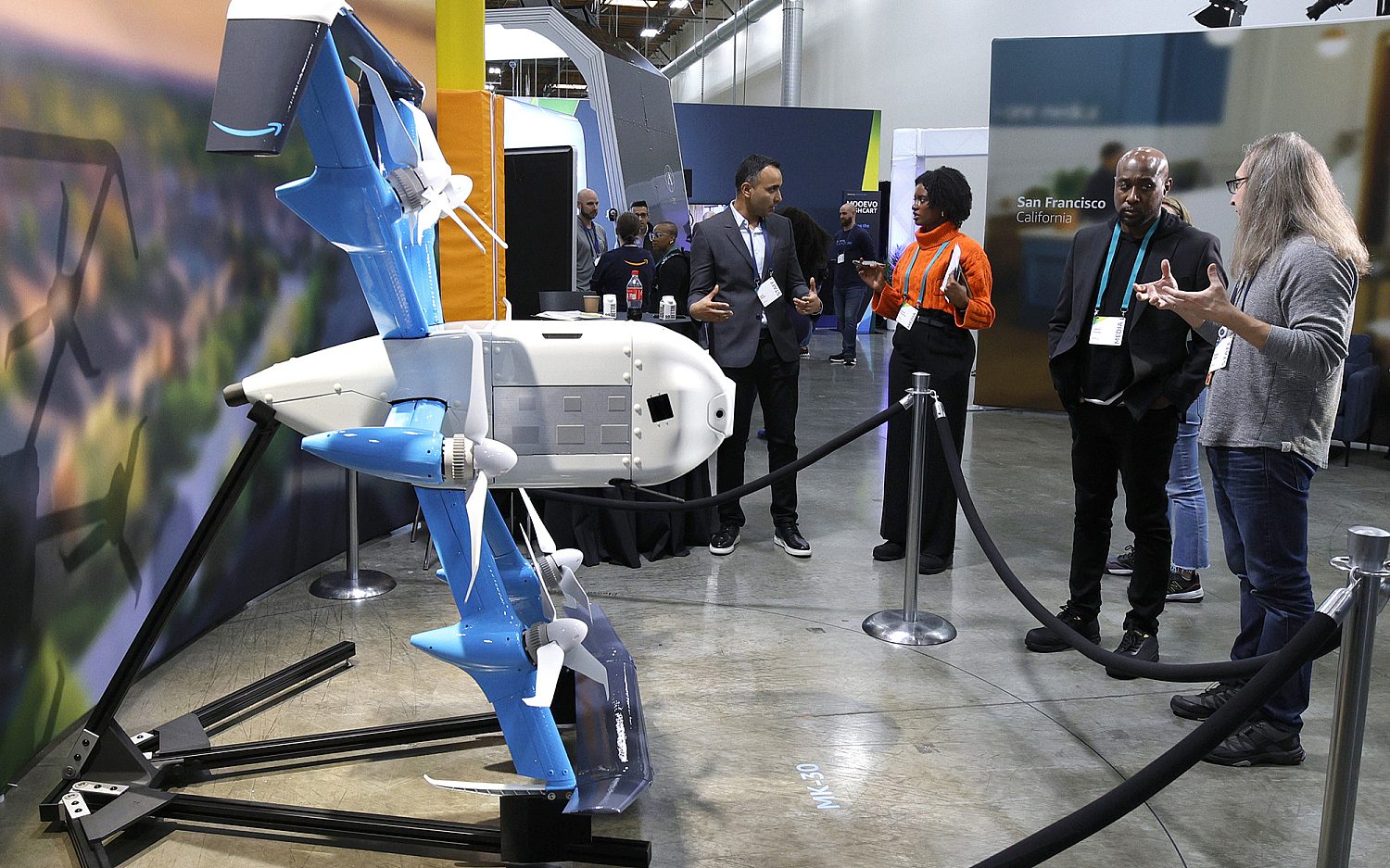New study aims to explain near-death experiences
People suffering cardiac arrest may have conscious awareness even when their heart is not beating and may later recall actual events that took place, according to a study involving 2,060 heart attack survivors from 15 hospitals across the United Kingdom, United States, and Austria.
Thirty-nine percent of the patients described awareness during cardiac arrest but did not recall specific events. Among patients who reported awareness, 46 percent experienced a broad range of memories, including fearful experiences. But only 2 percent described full awareness of events taking place at the time.
It has often been assumed that reports of consciousness during cardiac arrest are the products of hallucinations occurring just before the heart starts beating or right after it has been successfully restarted, said Dr. Sam Parnia, director of resuscitation research at New York State University and lead author of the study. But in one case the researchers were able to validate the patient’s memory by using timed, auditory stimuli which the patient accurately recalled later. This case was significant because conscious awareness appeared to occur during a 3-minute period when the patient had no heartbeat. Brain function typically ceases within 20 to 30 seconds after the heart stops and doesn’t resume again until it is restarted.
Parnia admits the study does not prove the reality of conscious awareness during cardiac arrest because so few patients reported it and only one was verified. Still, it does not disprove it either, he said.
Dean Mobbs, neuroscientist at the Cambridge Medical Research Council Cognition and Brain Sciences Unit and lead author of a study published in Trends in Cognitive Sciences, believes near-death experiences are normal brain function gone awry.
Scientific American summarized a host of research offering biological explanations for near-death experiences reported by as many as 3 percent of Americans. Many of these phenomena also are reported in a variety of other situations. For example, people suffering from sleep disruption disorders sometimes report out-of-body hallucinations immediately preceding sleep or upon waking. Regions of the brain activated during duress can trigger the same experience.
As many as 30 percent of people experience paralysis upon waking which can result in hallucinations of floating above the body. These experiences also can be artificially triggered by stimulating certain areas of the brain.
Some people report visions of the deceased during near-death experiences. But so do some patients with Parkinson’s disease, which involves abnormal functioning of dopamine, a neurotransmitter that can cause hallucinations.
Other people see their life flash before them. Noradrenaline, a stress hormone released in the brain during trauma, may be the culprit. Noradrenaline in the amygdala or hypothalamus, brain regions involved with emotions and memory, can stimulate hallucinations of past events.
The most frequently reported near-death experience is the sensation of moving through a tunnel toward a bright light. Tunnel vision can occur when blood and oxygen flow to the eye is depleted, a common occurrence during duress.
Hank Hanegraaff, president of the Christian Research Institute and author of the book, AfterLife, cautions Christians to remember although biological explanations may account for near-death experiences, they cannot account for consciousness. If we are fatalistically relegated to a world where everything is a function of biological factors, such as brain chemistry, the very concept of love is rendered meaningless, Hanegraaff wrote in a guest post on Timothy Dalrymple’s blog.
An actual newsletter worth subscribing to instead of just a collection of links. —Adam
Sign up to receive The Sift email newsletter each weekday morning for the latest headlines from WORLD’s breaking news team.





Please wait while we load the latest comments...
Comments
Please register, subscribe, or log in to comment on this article.